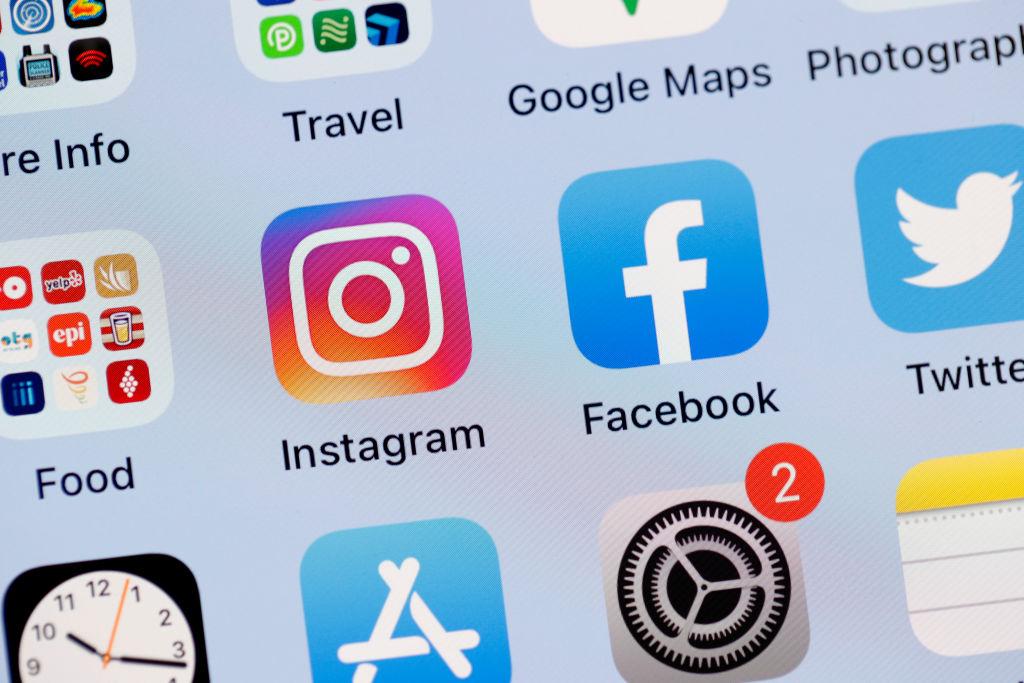Commentary
Three years ago, Australia was a world “leader” when it mandated digital platforms, like Facebook and Google, to pay media organisations for news items curated on their platforms.

Three years ago, Australia was a world “leader” when it mandated digital platforms, like Facebook and Google, to pay media organisations for news items curated on their platforms.